43 F. high in the Twin Cities Friday.
51 F. average high on April 3.
40 F. high on April 3, 2014.
+2.7 F. March temperatures in the Twin Cities were nearly 3F. warmer than average.
April 3 in Minnesota Weather History. Source: Twin Cities National Weather Service:
1999: Ice storm hits Duluth and the Arrowhead. An 800 foot television tower in Duluth collapsed due to the weight of the ice.
1982:
A sharp cold front causes the temperature at Lamberton in Redwood
County to drop from 78 to 7 degrees. This 71 degree change in 24 hours
is the maximum 24-hour temperature change in Minnesota.
1837: Snowstorm rages for four days at Ft. Snelling and dumps 9 inches
 In-Between Season
In-Between Season
Early
April is an awkward time, suspended between winter and spring. The snow
and ice is gone, a foot of frost in the ground and shrinking.
Until
we green up the risk of fire will be significant; 92 percent of the
state in moderate drought is creating a high threat of fire - extreme
over central Minnesota. Wednesday's quarter inch of rain was just enough
to settle the dust. We need another 2-5 inches to pull out of a
deepening drought.If anyone asks (highly doubtful) Wednesday's
84-degree record high was the warmest temperature ever recorded so early
in the year in the Twin Cities.
Friday I talked about models
printing out plowable snow early next week, an outburst triggered by a
combustible mixture of caffeine, sleep deprivation and Chipotle. My
meteorology professors would be horrified. "Never mention inch-amounts
until 24 hours before a snow event!" Ever. Although the atmosphere will
be cold enough for snow the brunt of the moisture passes south (again)
with only a small chance of a slush Monday night.
Light rain
showers brush the state Tuesday, again late next week, but not the
soaking we need. Models show 60s & 70s returning by mid-April.
Yes, we earn our springs.
 Snowfall Potential
Snowfall Potential.
12 KM NAM model guidance from NOAA shows a potential for a little slush
by Monday night and Tuesday morning, a couple inches possible near
Williston, ND and Green Bay. Temperatures should be cold enough for wet
snow or a mix by Monday evening, but moisture will be limited. Graphic:
HAMweather.
 Fleeting Relapse
Fleeting Relapse.
Temperatures will be close to average today and Sunday before dipping
to early Marchlike levels Monday and Tuesday; struggling to reach 40F in
the metro area. The mercury rebounds later next week; 70 degrees a week
from Sunday? Graphic: Weatherspark.
 Record-Setting April Fools' Day
Record-Setting April Fools' Day.
Hail, precious moisture, wild lightning displays and blowing dirt. Dr.
Mark Seeley takes a look at a wild April 1 in the latest edition of
Minnesota WeatherTalk; here's an excerpt: "...
The
weather system that crossed the state on April 1st also brought some
hail, rain, and lightning to some areas. Hail was reported in some
counties like Sibley and Stearns. Thunderstorms brought a quarter to
half inch of rainfall to some central and southern Minnesota observers.
Some of the larger amounts included: 0.68 inches at Rochester, 0.66
inches at Grand Meadow, 0.60 inches at Northfield, 0.81 inches at
Austin, 0.80 inches at Albert Lea, and 0.62 inches at Mantorville. The
moisture did little to relieve the dryness on a statewide basis as the
U.S. Drought Monitor placed nearly 92 percent of the state landscape in
the moderate drought category this week..."
Ice Jam, Flood Wreaked Havoc in Sartell in '65. 1965 was the same year that EF-4 tornadoes steamrolled from Lake Minnetonka to Fridley, an amazing year, meteorologically.
The SC Times has a very good recap and compelling photos that capture historic flooding in central Minnesota; here's the intro: "
It's
been 50 years now. But Jan Bettenberg can still recall the sound. The
then-20-year-old Sartell resident had spent the night in his car
alongside the swollen Mississippi River, keeping watch on a massive ice
jam that had developed upstream north of the city. Then that April
morning in 1965, the jam broke, unleashing the wall of water behind it..."
Photo credit above: "
Massive chunks of ice overtake Gordon’s Bridge north of Sartell during April, 1965." (Photo: Courtesy of Stearns History Museum).
Extreme Weather On The Rise. In spite of major swarms of tornadoes or landfalling hurricanes, 2014 was still a very expensive year. Here's an excerpt from
The Center for American Progress: "
The
United States experienced eight severe weather, flood, and drought
events in 2014, each causing at least $1 billion in damage across 35
states. Overall, these disasters caused more than $19 billion in damage
and took 65 human lives. Building off of previous analysis, the Center for American Progress looked at disaster data from the National Oceanic and Atmospheric Administration, the Federal Emergency Management Agency, and Aon Benfield over the past four years and found that:
- There were 42 extreme weather events that each caused at least $1 billion in damage.
- These extreme weather events caused 1,286 fatalities and $227 billion in economic losses across 44 states..."
Map credit above: NOAA NCDC.
Xenia Tornado A Vivid Memory 41 Years later. WDTN in Dayton, Ohio has the story - here's the introduction: "
It
only took five minutes. The damage was widespread and deadly. Friday,
April 3, 2015 marks the 41st anniversary of the Xenia tornado. The F-5
tornado swept 300 mile per hour winds through the Greene County city,
killing 32 people and injuring more than 1,100 more. It caused
$100-million in damage. Images of homes flattened, trees stripped down
to nothing and stunned victims are as fresh today as they were in 1974.
Signs of hope promising to rebuild were erected by citizens, scrawled
out in spray paint..." (Photo credit: National Weather Service).
92% of Minnesota in Moderate Drought.
O.K. To be precise it's 91.94% - up from 88.82% a week ago. A year ago
only 18% of the state was in moderate drought. Precipitation has been
consistently below average since June of 2014, which was the wettest
month, statewide, in recorded Minnesota history. All or nothing. The
latest Drought Monitor is
here.
March Weather Highlights. Here's an excerpt of a good summary of March weather across the great state of Minnesota from the local
DNR:
- March
monthly precipitation totals were below historical averages across
Minnesota. Monthly precipitation totals ranged from one-half inch to one
and one-half inches below the long-term average.
- The
U. S. Drought Monitor indicates that Moderate Drought conditions exist
over 91% of Minnesota's landscape. The lack of snow during the 2014-2015
winter, combined with the dry early-spring weather, has led to
precipitation deficits of three to five inches below average across the
state since October 1st.
- Many lakes in the southern
one-half of Minnesota are now free of ice. Lake ice-out dates for these
lakes were one to two weeks earlier than the historical median.
- The
potential for wildfires is currently rated by DNR Forestry as Very High
to Extreme across most of Minnesota. Historically, 80 percent of all
wildfires in Minnesota occur during April and May.
Western U.S. Cities Had Hottest March on Record. Here's an excerpt from
Fox News: "...
With
less rain and snow to provide water to drought-stricken California,
Gov. Jerry Brown on Wednesday ordered officials to impose statewide
mandatory water restrictions for the first time. Surveyors found the
lowest snow level in the Sierra Nevada snowpack in 65 years of
record-keeping. "We've had the same pattern for the past two winters,"
Boldt said. He said the high pressure "can be knocked out of the way
temporarily ... but it pops back into place..."
Californians Who Conserved Fear State Can't Overcome Those Who Did Not. Get ready for Water Wars. Here's a clip from a
New York Times article: "..
.In
a state accustomed to cycles of drought and perennial water fights, the
need for such drastic cuts has highlighted discord between cities and
agricultural water users (who use about 80 percent of the developed
water supply), between California’s wetter north that pumps water to its
drier south, and between water’s frugal and spendthrift users..."
* At least 37% of the USA is in moderate drought or worse as of March 31.
Click here for an animated time line showing the intensification of drought since December.
The Real Cost of California's Drought. Not pricing water correctly - where have we heard that before (CO2). Here's an excerpt from
Bloomberg View: "...
I've seen a lot of apocalyptic writing about California only having a year of water left (not true), and
I've heard some idle talk about whether California can continue to
grow. But California's problem is not that it doesn't have enough water
to support its population. Rather, the problem is that its population
uses more water than it has to. And the reason people do this is that
water in California is seriously underpriced, as Marginal Revolution's Alex Tabarrok notes..."
Photo credit above: "
Water
sprinklers are used at Heartwell Park in Long Beach, Calif., on
Thursday, April 2, 2015. California Gov. Jerry Brown on Wednesday,
ordered a 25 percent overall cutback in water use by cities and towns,
but not farms, in the most sweeping drought measures ever undertaken by
the nation's most populous state." (AP Photo/Nick Ut)
New Terminology from NOAA's Storm Prediction Center.
Fox17 has a good explainer recapping some of the new threat levels from SPC; here's a clip: "...
The
SPC recently added marginal and enhanced to the list. “A marginal risk,
which is the first new category is basically an average ordinary
thunderstorm day for us here in lower Michigan” explains Jim Maczko
warning coordination meteorologist for the National Weather Service of
Grand Rapids, “But that each of those thunderstorms will have the
potential to produce some damaging winds and maybe large hail. we’re not
expecting a big outbreak in that case.” Maczko adds, “Enhanced risk for
us is we’re going to have quite a bit of severe weather..."
The EPA, Pesticides and Honey Bee Declines. Here's an update from
Huffington Post: "
The
U.S. Environmental Protection Agency (EPA) said on Thursday it was
unlikely to approve new or expanded uses of certain pesticides while it
evaluates the risks they may pose to honey bees. The so-called
neonicotinoid pesticides are routinely used in agriculture and applied
to plants and trees in gardens and parks. But their widespread use has
come under scrutiny in recent years after a drop in the number of honey
bees and other pollinating insects, which play key roles in food
production..."
Stunning Views of Earth From Space. Here's a link to a breathtaking video from the ISS, the International Space Station, courtesy of
The New York Times: "
The
International Space Station is as far as humans go in space these days,
but it is at just the right distance to capture astonishing images of
Earth."
Everything You Need To Know About Flying Virgin Galactic. For 250K and change you too can venture to the edge of space. 700+ people have already signed up.
Vanity Fair explains; here's the intro: "
Commercial
passenger service to space is a difficult proposition. To succeed, it
has to contend with the pull of gravity, violent rocket-propelled
accelerations, heavy vibrations, supersonic speeds and shock waves,
vertical climbs, the lethality of the outside environment, and the
problems of deceleration and heating during re-entry into the
atmosphere. It has to do this safely, reliably, repeatedly, and perhaps
profitably, while carrying ordinary passengers in ordinary clothes, who,
if they are traveling point-to-point, will want to bring along ordinary
luggage as well..."
Photo credit above: "
Richard
Branson in Mojave, California, in 2010. Behind him, SpaceShipTwo hangs
from the twin-fuselage mother ship, WhiteKnightTwo." Photograph by Jonas Fredwall Karlsson.
iPhone Killer: The Secret History of the Apple Watch.
WIRED has another terrific behind-the-scenes article; here's the intro: "
In early 2013,
Kevin Lynch accepted a job offer from Apple. Funny thing about the
offer: It didn’t say what he would be doing. So intense is Apple’s
secrecy that all Lynch knew was his vague title, vice president of
technology, and that he’d be working on something completely new..."
Are Aliens Behind Mysterious Radio Bursts? Scientists Weigh In.
To paraphrase George Carlin, don't sweat the slush or thundershowers!
We may have bigger issues. Cue the theme from X-Files. Here's an excerpt
of a head-scratcher of a story at
Huffington Post: "
What
are those things? For the past eight years, astronomers have been
scratching their heads over a series of strange radio signals emanating
from somewhere in the cosmos. And now, the mystery has deepened. A new
study shows that the so-called "fast radio bursts" follow a weirdly specific pattern -- a finding that the researchers behind the study say "is very hard to explain..."
 TODAY
TODAY: Clouds increase, milder breeze. Winds: SW 8. High: 55
SATURDAY NIGHT: Patchy clouds, chilly. Low: 37
SUNDAY: Mostly cloudy, temperatures close to average. High: 54
MONDAY: Rain may mix with snow at night. Wake-up: 34. High: 41
TUESDAY: A few light rain showers. Wake-up: 38. High: 43
WEDNESDAY: More clouds than sun, a drier day. Wake-up: 33. High: 53
THURSDAY: Mostly gray, rain stays south. Wake-up: 40. High: 56
FRIDAY: Unsettled, showers likely far south. Wake-up: 38. High: 54
Climate Stories....
California Facing Extreme Heat Waves and Rising Seas. The
latest edition of "Risky Business", focused on the business risks of
climate change, focuses on California. Here's an excerpt of a story
summary at
Bloomberg Business: "...
The
average number of days with temperatures higher than 95 degrees
Fahrenheit (35 degrees Celsius) may double or even triple by the end of
the century, threatening one of the world’s richest agricultural
regions. At the same time, $19 billion in coastal property will likely
disappear as sea levels rise, the study found. The report is the third
from the Risky Business Project,
a nonprofit partnership of Bloomberg Philanthropies, the Paulson
Institute and TomKat Charitable Trust. It suggests California can reduce
these risks if policy makers and business leaders cooperate to reduce
emissions driving global warming and adapt to climate change..."
* The Risky Business Report focused on California is
here.
Epic California Drought is Preview of Future Global Warming Mega-Droughts. Alarmist hype? Stay tuned. Here's an excerpt from an Andrew Freedman story at
Mashable: "...
There
are two crucial differences between the droughts that occurred a
millennium ago and modern drought events, however. The first is obvious:
There are now about 38 million thirsty Californians living across the
state, watering their lawns and golf courses, and irrigating crops in
what is the most agriculturally productive state in the country. The
second has been clear to climate scientists for years, but is just now
gaining more public recognition. We are now seeing the rise of a new, supercharged type of drought,
in which global warming-related temperature extremes combine with dry
conditions to transform what would otherwise be an ordinary drought
event into a far more severe event..."
Photo credit above: "
Boats
are docked at San Pablo Reservoir Recreation Area in El Sobrante,
Calif., Thursday, April 2, 2015. A spokeswoman for the East Bay
Municipal Utility District said that the reservoir is about half full.
California Gov. Jerry Brown ordered officials Wednesday, April 1, 2015
to impose statewide mandatory water restrictions for the first time in
history as surveyors found the lowest snow level in the Sierra Nevada
snowpack in 65 years of record-keeping." (AP Photo/Eric Risberg).
Hot Hands: Fingerprints of Climate Change All Over California Drought. Meteorologist Jason Samenow has an explainer at
Capital Weather Gang; here's a snippet: "...
The added heat from climate warming acts to intensify the drought in important ways:
*
When it’s warmer, the evaporation of water speeds up, allowing the
ground to heat up faster, which then evaporates more water in a vicious
cycle which continues until meaningful rain stops it.
*
When it’s warmer, the snow season shortens. In other words, snow starts
falling later in the fall and stops falling earlier in the spring, and
snowpack declines..."
File photo above: NOAA.
Long-Awaited "Jump" in Global Warming Now Appears "Imminent". The pause in (atmospheric) warming may be ending, according to a post at
ThinkProgress; here's the introduction: "
We
may be witnessing the start of the long-awaited jump in global
temperatures. There is “a vast and growing body of research,” as Climate
Central explained in February. “Humanity is about to experience a historically unprecedented spike in temperatures.” A March study,
“Near-term acceleration in the rate of temperature change,” makes clear
that an actual acceleration in the rate of global warming is imminent —
with Arctic warming rising a stunning 1°F per decade by the 2020s..."
Graphic credit above: "
NASA
temperature data dispel the myth of a recent slow-down in long-term
warming trend. But there was a big jump in temps during the mid-1990s.
Many scientists believe another jump is “imminent.’"
What Do Conservative Policy Intellectuals Think About Climate Change? Grist has the article - here's a link and brief excerpt: "...
But
what about conservative intellectuals? Do they have anything more to
offer? In an attempt to find out, I looked through their op-eds, opinion
magazines, and policy journals. I found that most of them fall into
three broad categories: those who argue for adaptation instead of trying
to stop climate change (the Adapters), the anguished advocates of a
carbon tax (the Handwringers), and those who simply deny climate science
(the Deans of Denialism)..."
Siberia's Permafrost is Exploding. Is Alaska's Next? Meteorologist Eric Holthaus has the story at
Slate; here's an excerpt: "...
According to measurements made by Russian scientists, methane concentration at the bottom of one of the holes was thousands of times higher than in the regular atmosphere. A more thorough recent expedition
identified “dozens” of new holes, all of which apparently formed in the
last year or two. The Siberian holes draw into question the near-term
stability of Arctic permafrost, which traps enough carbon, if fully unleashed, to double atmospheric concentrations and potentially push global warming into a frightening new phase..." (File photo:
Siberian Times).
Communicating Climate Change: Focus on Solutions. Here's an excerpt of a story at
MIT News: "...
Such
contrasts between rhetoric and action provide a ray of hope, panelists
said. Drezen Prelec, the Digital Equipment Corp. Leaders for Global
Operations Professor of Management at MIT’s Sloan School of Management,
said that sudden and unexpected shifts in public opinion — on issues
such as smoking and gay marriage — show that rapid changes are possible,
even in the face of strong resistance from political leaders. Judith
Layzer, a professor of environmental policy in MIT’s Department of Urban
Studies and Planning, said that politicians will begin to take action
on issues such as limiting greenhouse-gas emissions when it becomes
clear that their constituents take the issue seriously enough to vote
accordingly..."
Photo credit above: "During
a discussion on communicating climate change, audience members were
able to submit questions and respond to poll questions using a
smartphone app." Photo: Justin Knight.
Why Corporate America Is Reluctant To Take a Stand on Climate Action. Thank God for leadership from companies like Google, Mars and Starbucks. Here's a snippet of a
Guardian story explaining the apparent reluctance of other Fortune 500 companies to back the EPA's new Clean Power Act: "...
Silence
isn’t neutral,” says Anne Kelly of Ceres, who is organizing companies
to support the EPA. The lack of public support could jeopardize the
clean power plan, and – if the US isn’t able to make a strong climate
commitment as a result – could ultimately undermine the success of the
global climate talks in Paris this year. The companies that won’t get
involved say it’s because the regulation of power plant emissions is not
core to their business. Environmentalists maintain that climate change
is everybody’s business..."
Antarctica's Record High Temp Bodes Ill for Ice. Here's a snippet from a Climate Central story: "...
A study last year by Scambos and others showed that unusually warm air was likely the trigger of the 2002 collapse of the Larsen B ice shelf. (Warming waters seeping in below ice shelves around the continent have also been linked to thinning
over the past few decades.) That precedent makes Scambos and others
worried about the fate of the remaining ice shelves of the peninsula.
Adding to those worries is research, done in part by the British
Antarctic Survey, that suggests Chinook events could become more common
or more intense at the peninsula as the westerly winds that whip around
the continent intensify, possibly because of climate change..."
Image credit above: "
Long-term trends in yearly surface temperatures across Antarctica from 1981-2007." Credit: NASA
The Arctic Climate Threat That Nobody Is Even Talking About Yet. Positive feedbacks and tipping points. We are in uncharted waters. Here's an excerpt from
The Washington Post: "...
The
emission of carbon from thawing permafrost is what scientists call a
“positive feedback.” More global warming could cause more thawing of
Arctic permafrost, leading to more emissions of carbon into the
atmosphere, leading to more warming and more thawing of Arctic
permafrost — this does not end in a good place..."
File photo: USGS.
Social Science are Best Hope For Ending Debates Over Climate Change.
In the end it's not about the science or the data or the mounting
evidence. It's about how we see the world. So argues an interesting post
at
The Conversation; here's an excerpt: "...
On
the one side, this is all a hoax, humans have no impact on the climate
and nothing unusual is happening. On the other side, this is an imminent
crisis, human activity explains all climate changes, and it will
devastate life on Earth as we know it. Amidst this acrimonious din,
scientists are trying to explain the complexity of the issue. To reach
some form of social consensus on this issue, we must recognize that the
public debate over climate change in the United States today is not
about carbon dioxide and greenhouse gas models; it is about opposing
cultural values and worldviews through which that science is viewed..."
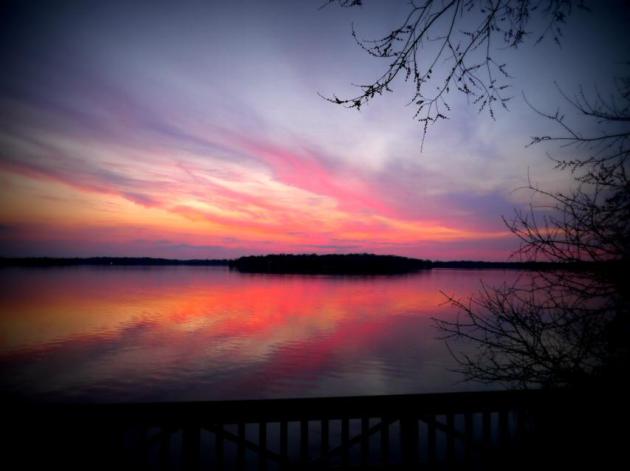
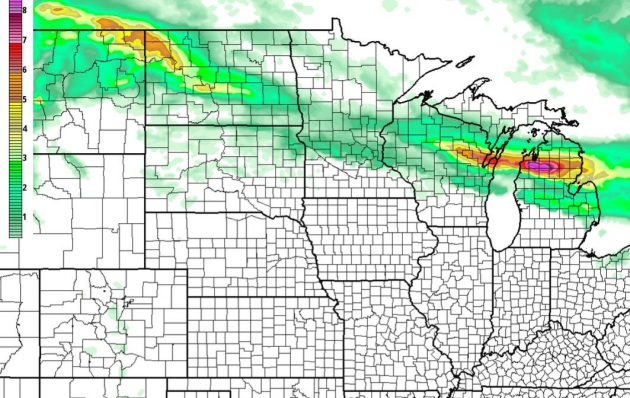
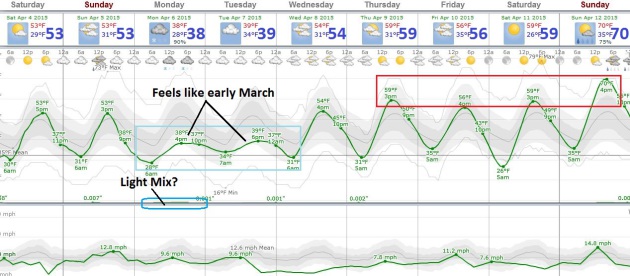


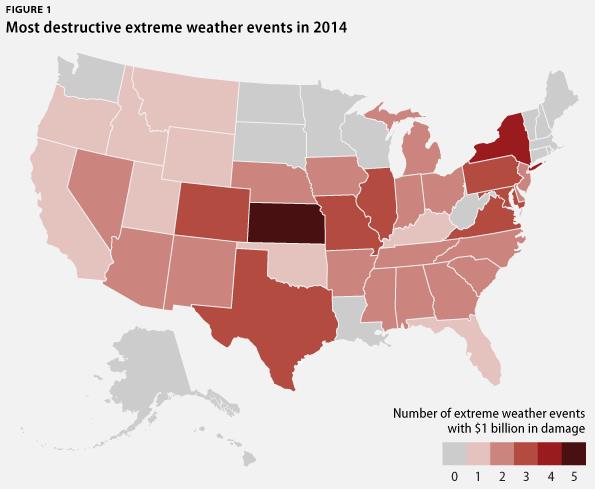

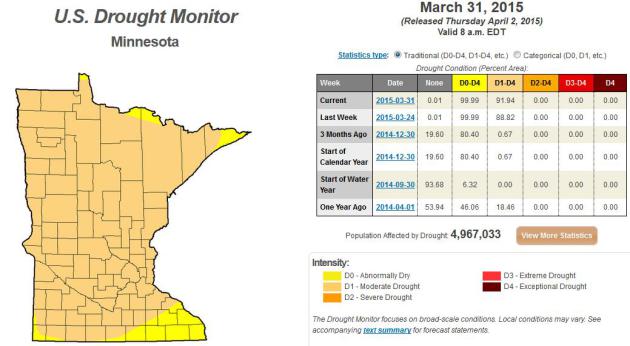
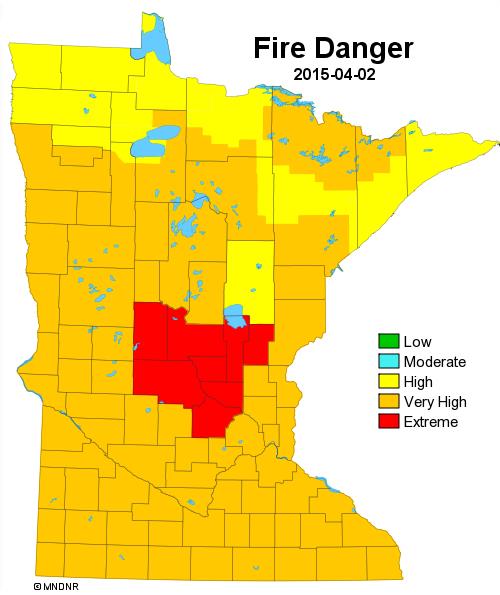

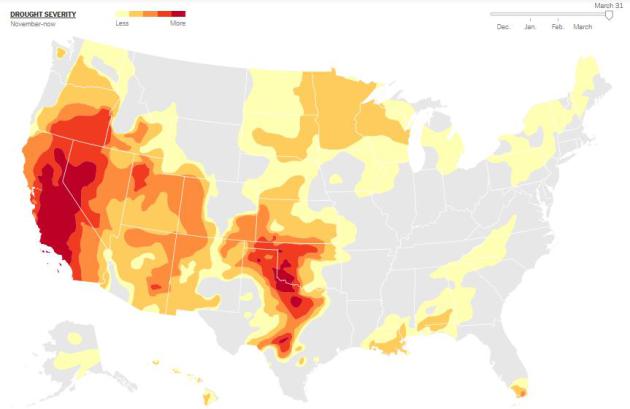

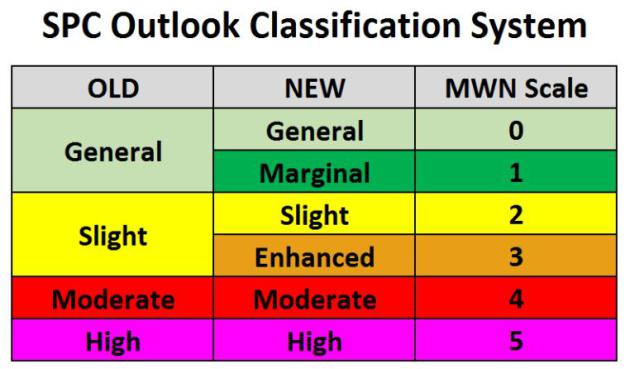






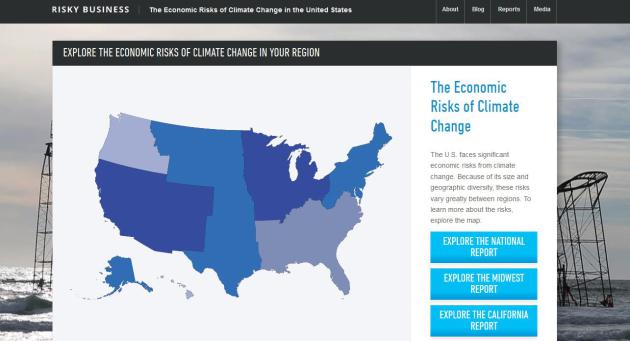

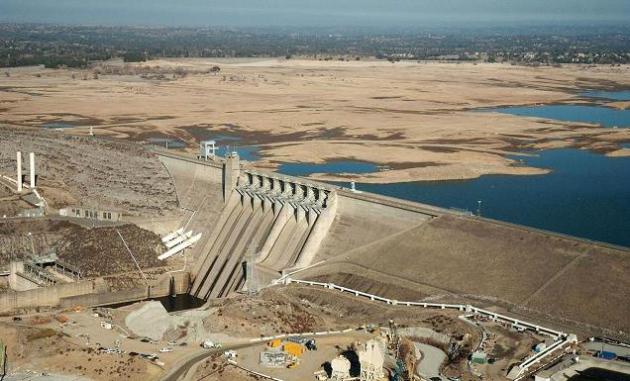
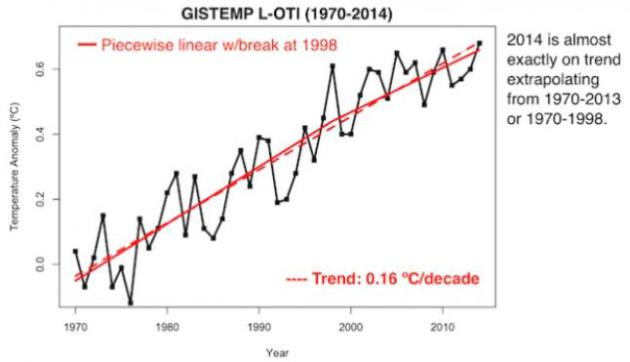




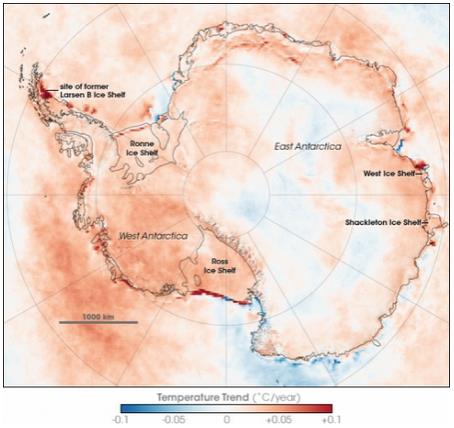
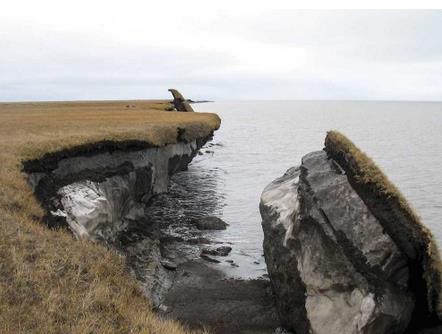

Hi admin,
ReplyDeleteI read your blog, its really awesome,
If you are feel free please see my web same to your web related.
Getting the perfect professional cleaning services for meeting your needs is something that everyone always dreams about. A clean environment instantly attracts attention and makes you feel better in any work scenario.
cleaning services company
Your regards
Carla Pratt